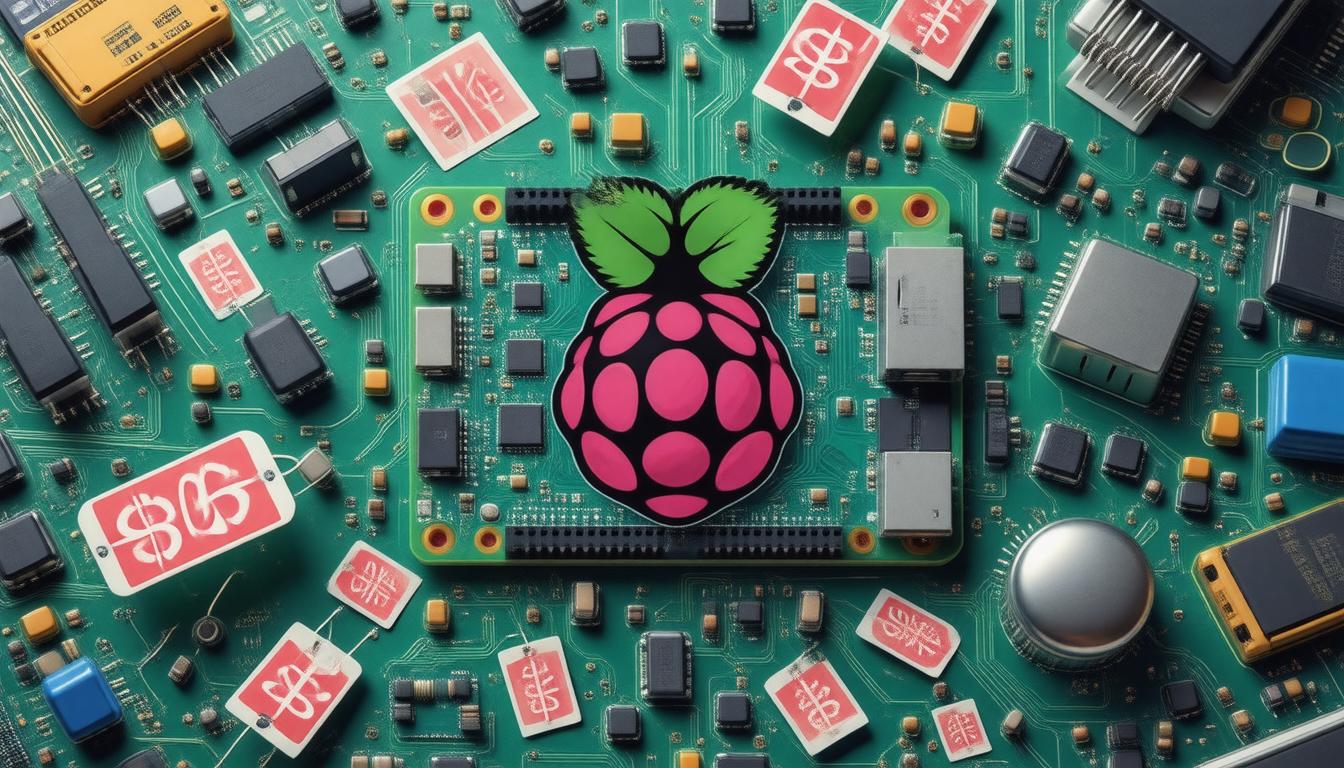The Raspberry Pi ecosystem has garnered a massive following since its inception, allowing enthusiasts, developers, and educators to innovate at low costs. However, recent years have seen a noticeable rise in the pricing of Raspberry Pis, particularly the latest Raspberry Pi 5, which starts at $50 compared to the original model’s price of $35 in 2012. This article explores the reasons behind this price surge and how it fits into the broader landscape of computing devices.
Understanding the Base Price
At a glance, the price increase of Raspberry Pis appears to align with inflation, but this surface-level analysis omits critical factors necessary for a nuanced understanding. While the Raspberry Pi 5 is indeed higher in cost than its predecessors, it’s essential to consider what is included in that price. Unlike many mini PCs—such as those running on Intel’s N-series CPUs—the Raspberry Pi requires various add-ons for functionality, meaning that the initial purchase price may not reflect the total cost of ownership.
The Cost of Completeness
The base price of the Raspberry Pi 5 might be a starting point, but users often need additional accessories such as power supplies, cases, cooling solutions, and storage options to make it fully operational. In contrast, many mini PCs are marketed as all-in-one solutions. For instance, a newer offering from GMK Tech, the nobox G3 Plus, retails for around $160. While this cost may seem steep compared to the Raspberry Pi, it also includes hardware capabilities that the Pi lacks out of the box.
Performance Metrics in Question
When comparing a Raspberry Pi to a mini PC, perceptions of performance efficiency often dictate opinions on pricing. It’s typical to assume that newer Intel processors are more efficient than ARM architectures found in Raspberry Pis. However, benchmarks often reveal a different story, with ARM chips displaying remarkable efficiency levels, thus challenging the notion that mini PCs are inherently better.
The Intel N100 and Raspberry Pi 5 exhibit some discrepancies in performance based on RAM speeds and other specs. Measures of CPU power and benchmarking reveal complexities where the mini PCs aren’t always superior, especially when factoring in cheaper components to meet price points. In practice, actual performance can vary significantly depending on a range of factors, such as RAM and thermal management.
The Myth of Cost Comparison
Discussions surrounding the pricing of Raspberry Pis versus mini PCs often generate confusion, as comparisons may be made without adequate context—especially regarding used vs. new products. Used tiny PCs might undercut new Raspberry Pis, offering budget-conscious buyers more options. Nevertheless, the longevity and software support offered by a new Raspberry Pi can give it a unique value proposition.
The key here is clarity in comparison. This includes recognizing what hardware is considered "like for like." A high-end model Pi with extra features and specifications could cost upwards of $200 when fully outfitted, whereas a budget entry-point model could start much lower. This contextual pricing becomes paramount for those looking to maximize their investment.
The Trade-offs in Hardware Design
One of the more nuanced discussions involves the ease of integrating hardware components with Raspberry Pis versus mini PCs. While mini PCs may allow easy attachment of peripherals through USB, the Raspberry Pi’s design presents alternative connections, such as PCIe slots, for hardware tinkering. This functionality opens up a wide range of possibilities, especially for makers and developers looking to experiment with various components.
Conclusion: The New Norm in Pricing
The rising cost of Raspberry Pis reflects a broader trend in the technology market—rising prices accompanied by higher material costs, demand, and inflation. As the tech landscape evolves, it is essential to approach these devices with a comprehensive understanding of their true costs, performance capabilities, and intended use cases. Whether consumers prefer to invest in a Raspberry Pi or opt for a mini PC will largely depend on their specific needs, budget, and enthusiasm for DIY projects. The dialogue around pricing will likely continue, emphasizing context, functionality, and the ongoing evolution of computing hardware.
Ready to get in the game and start making money on Pump.fun? DogWif Tools is the #1 memecoin sniper tool for becoming a Pump.fun millionaire. Get DogWif Tools today and become a memecoin dev!








